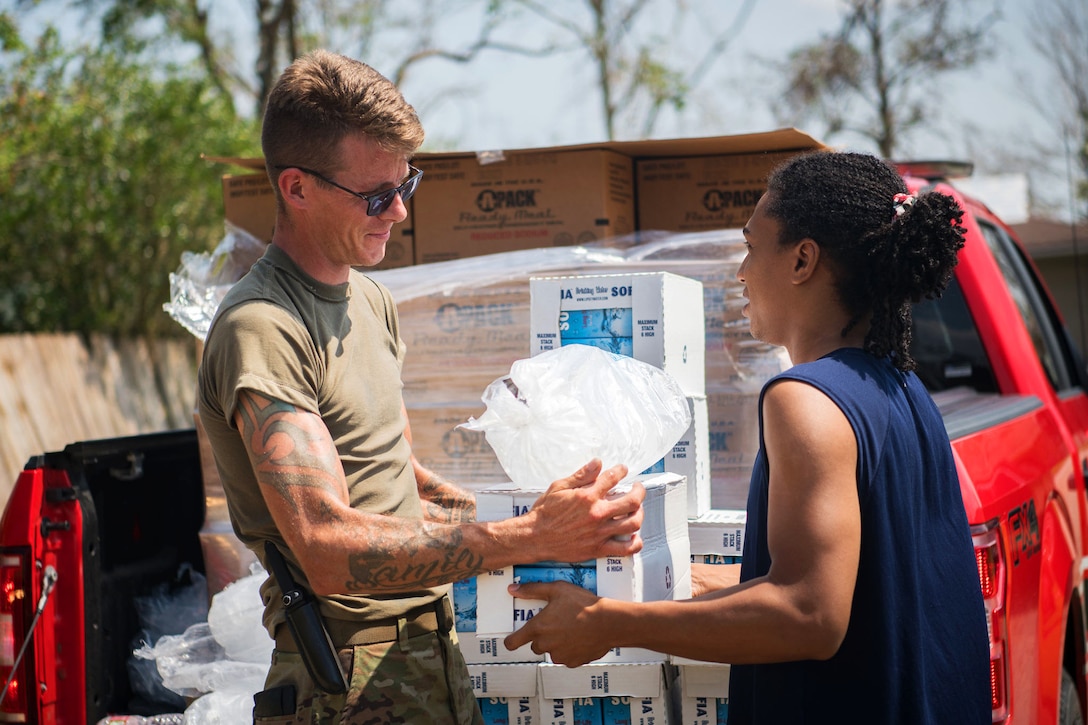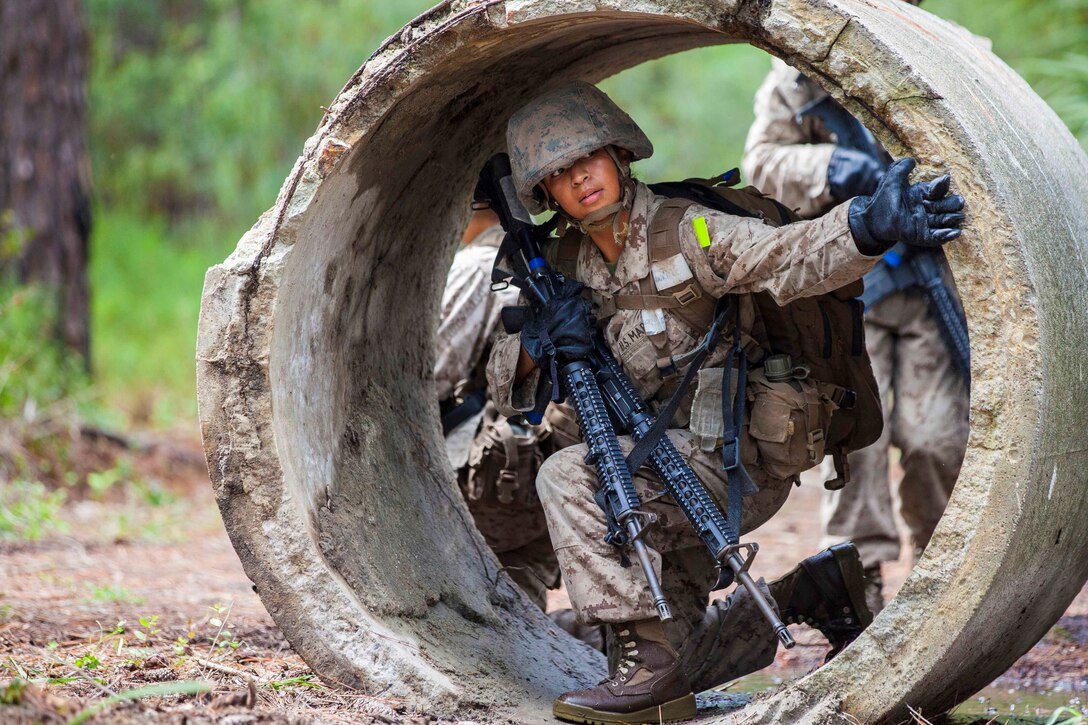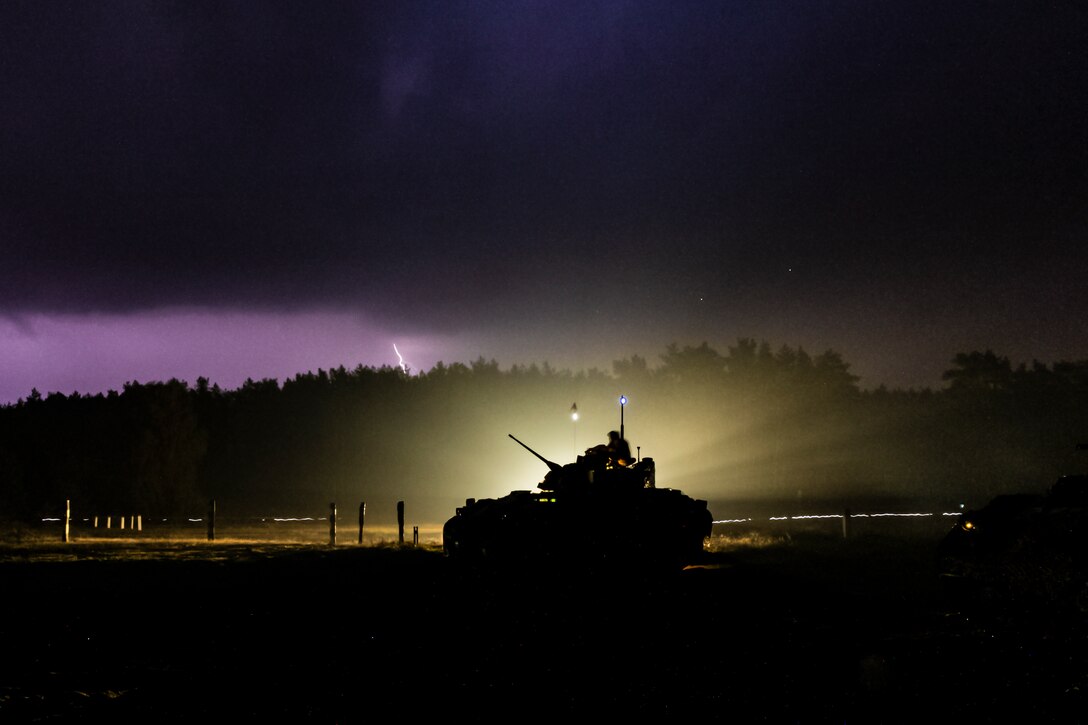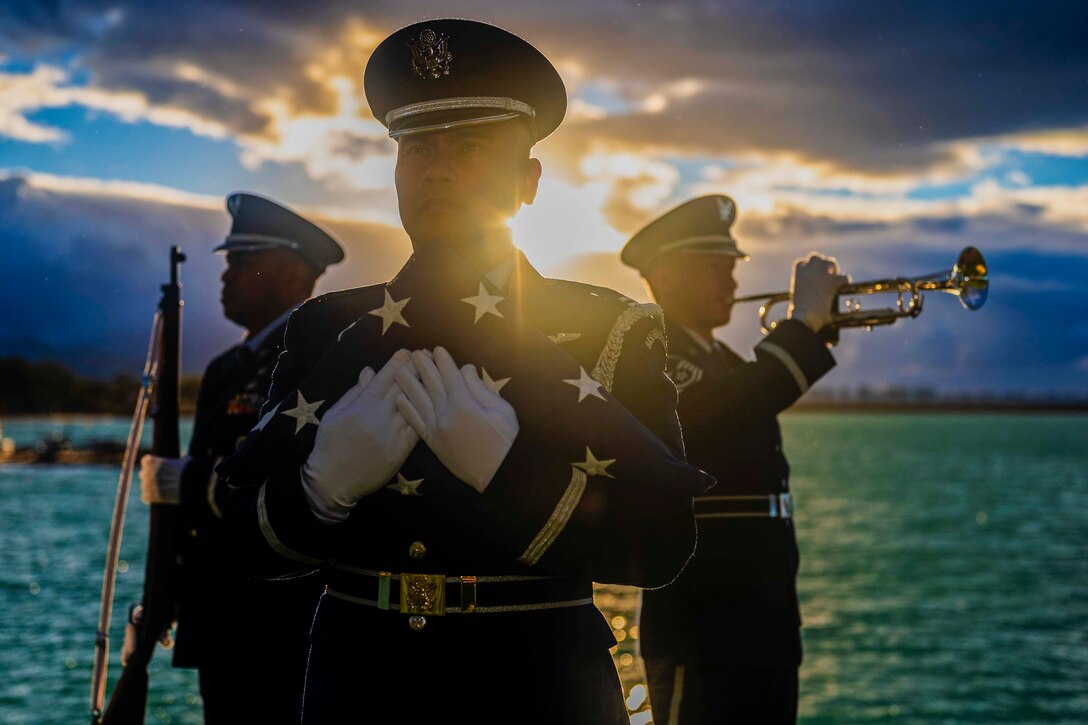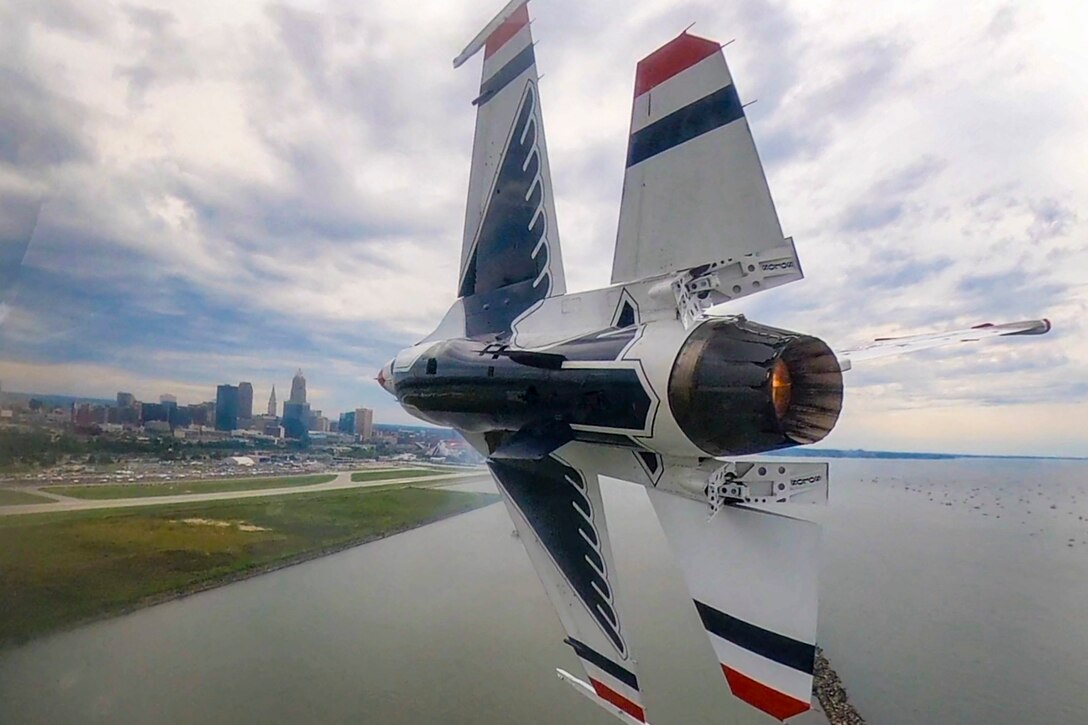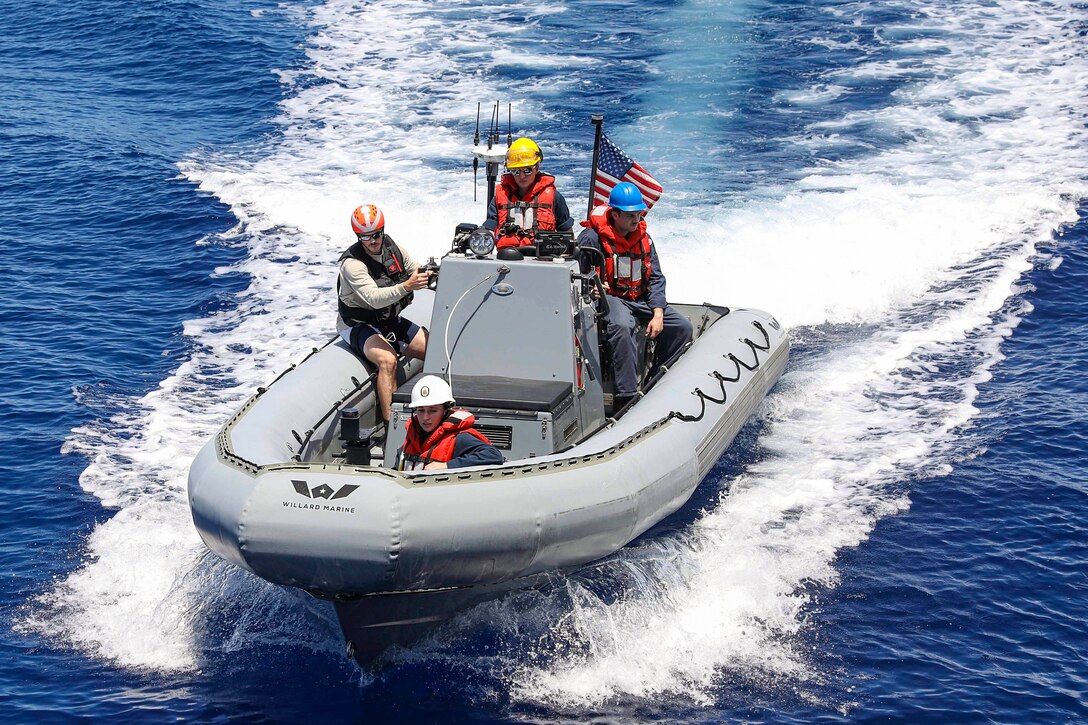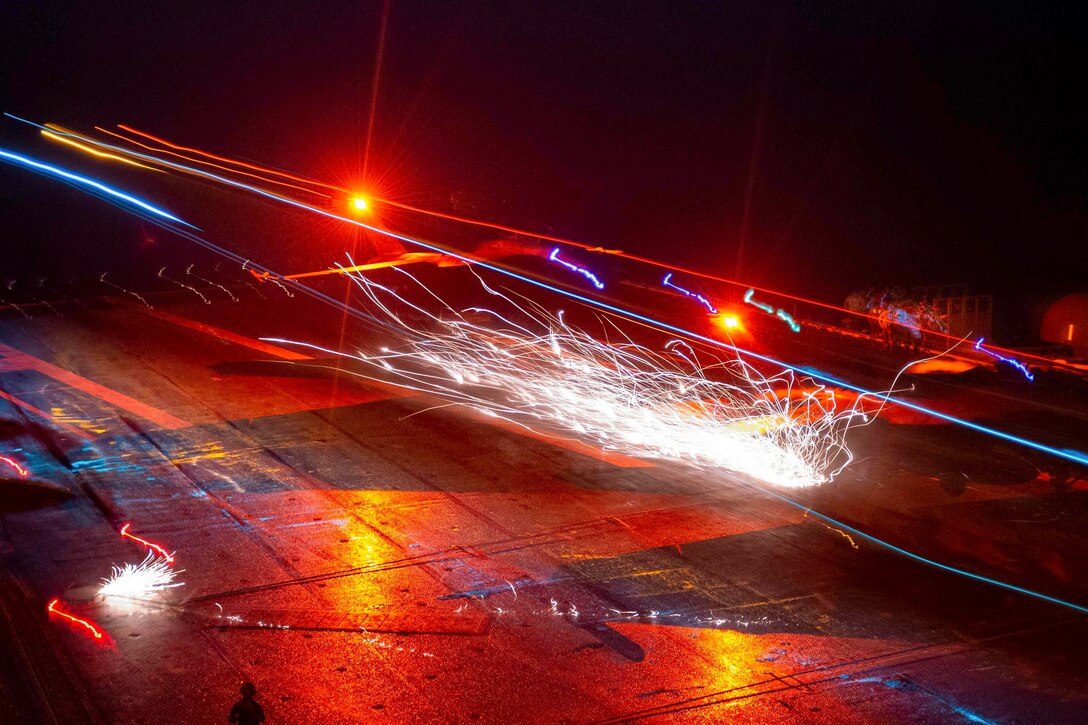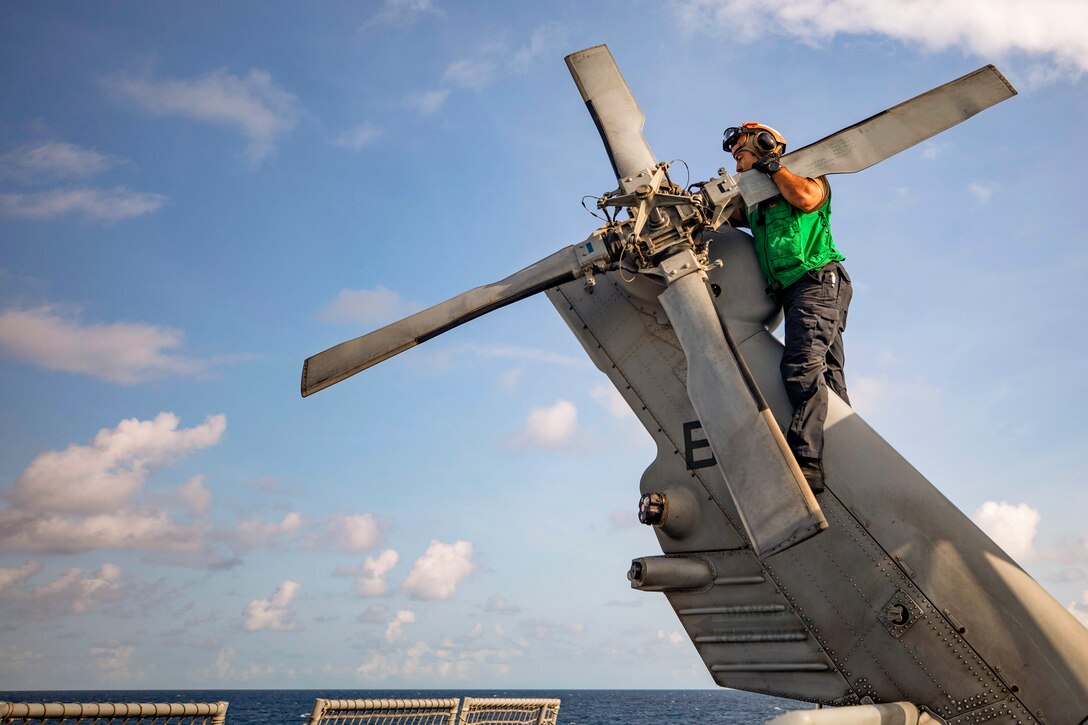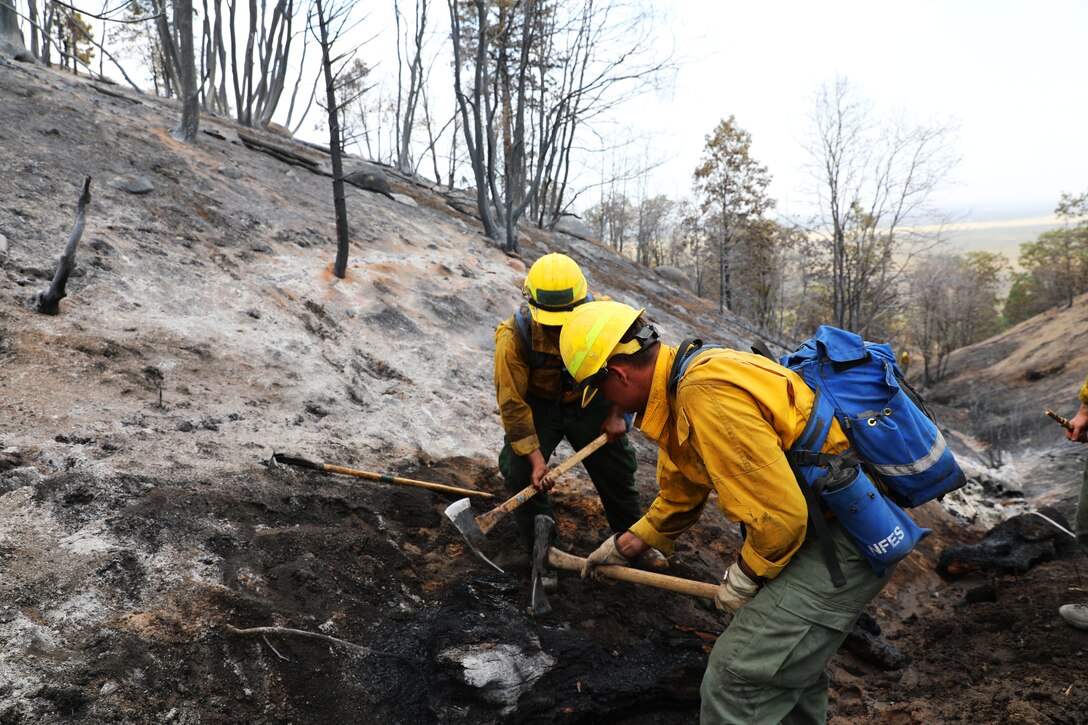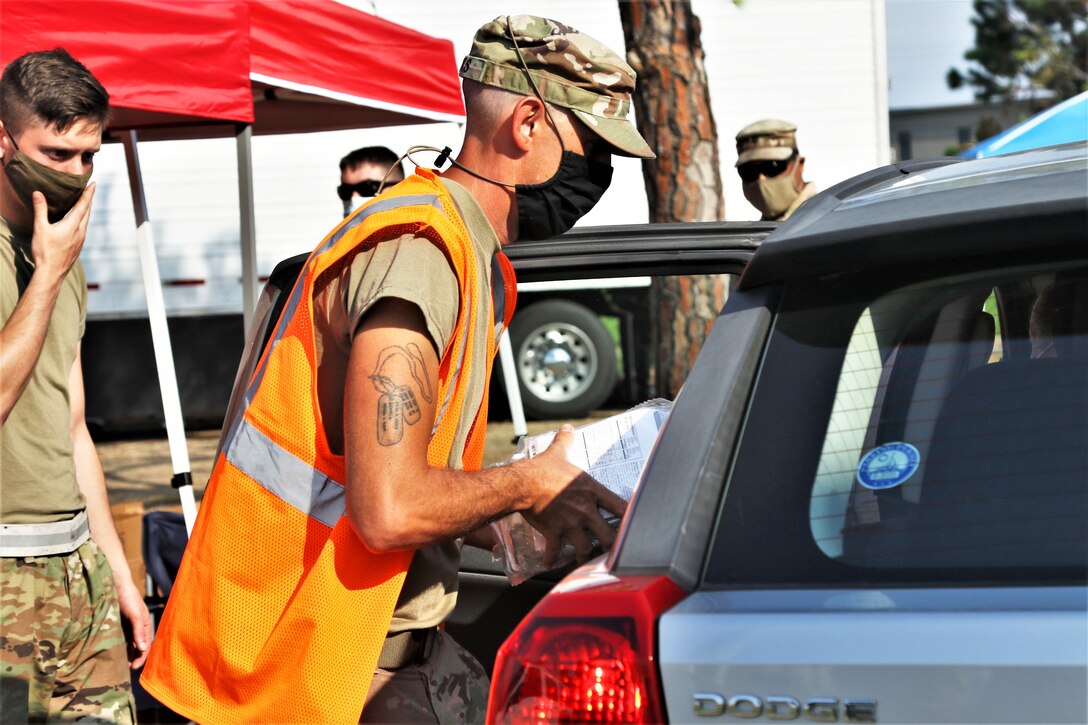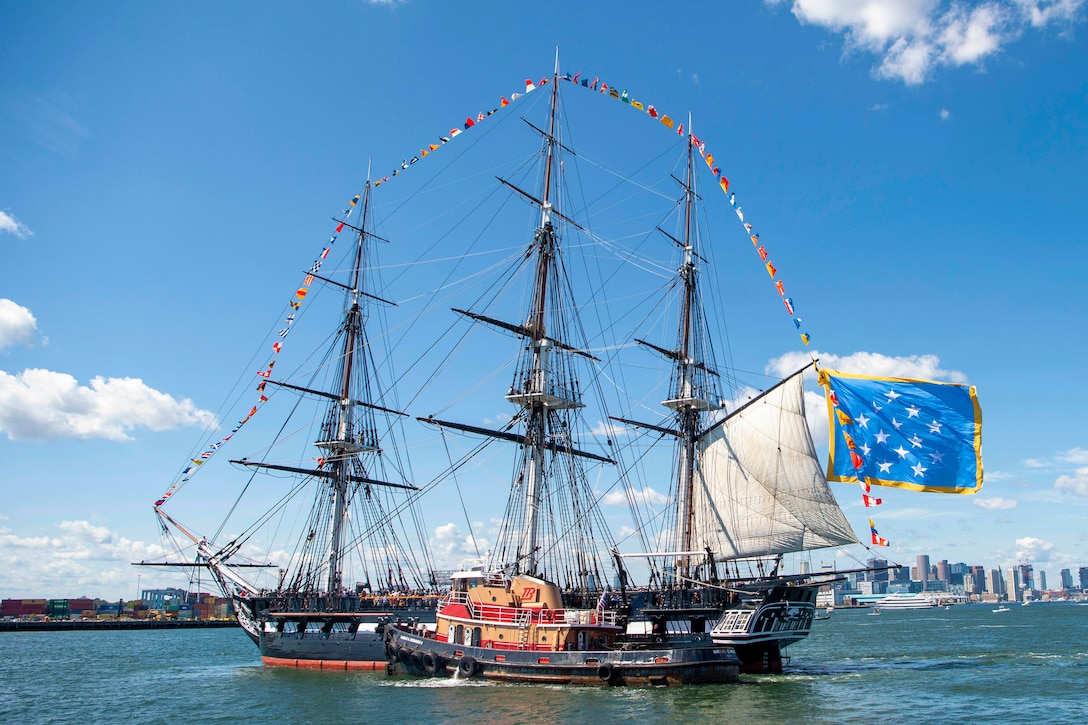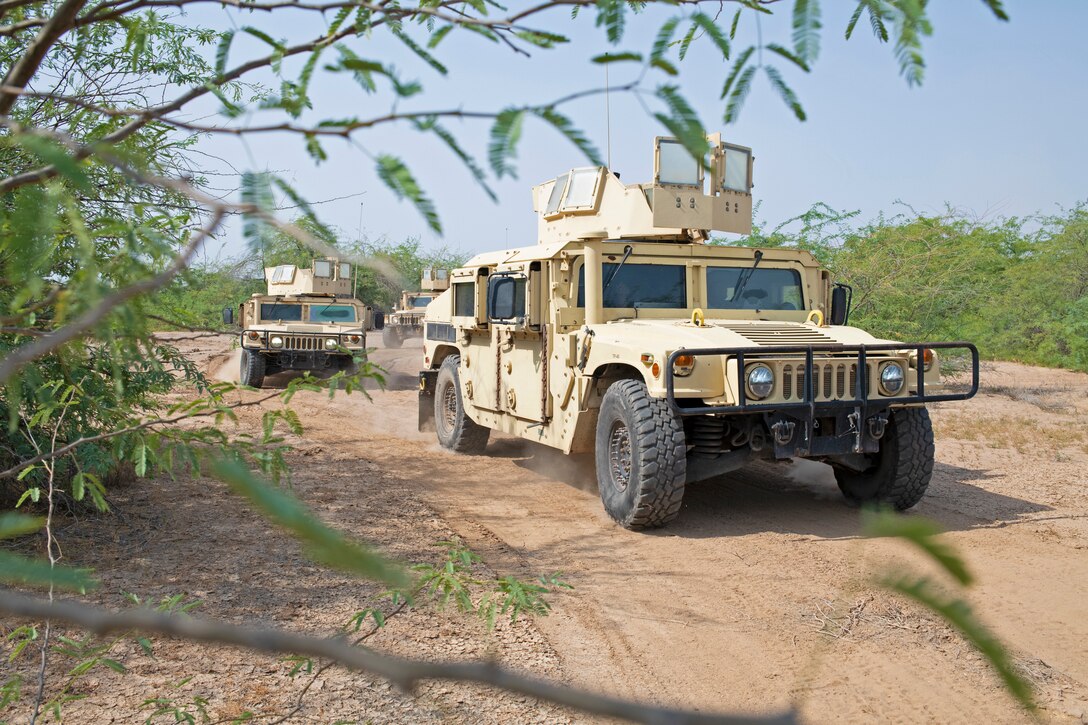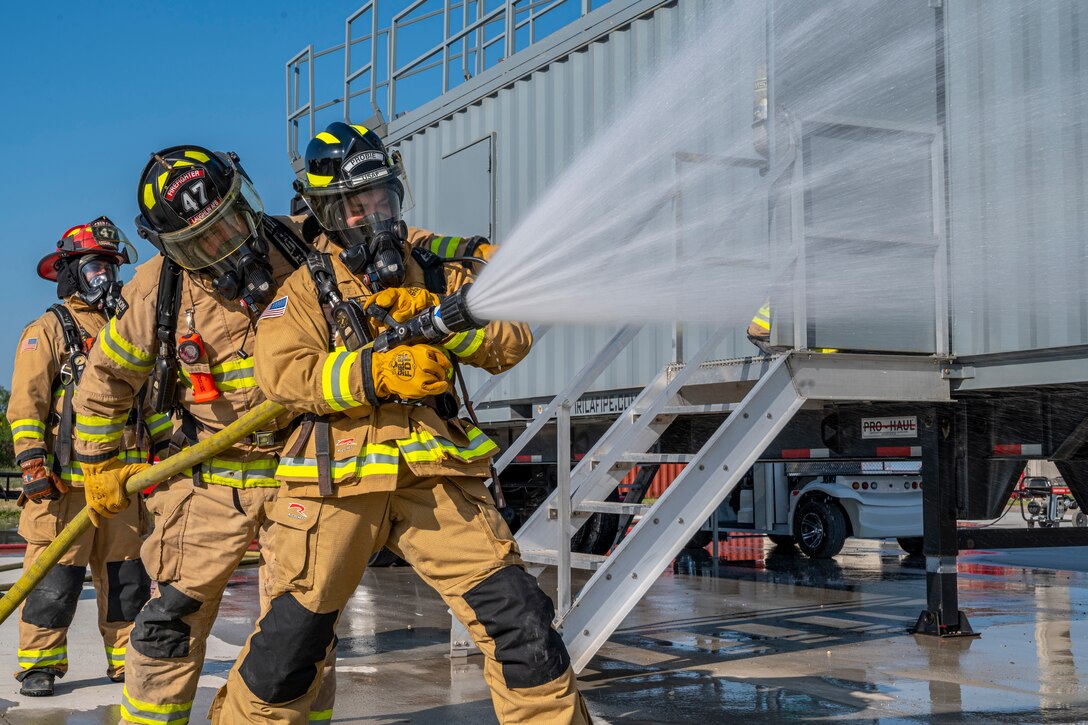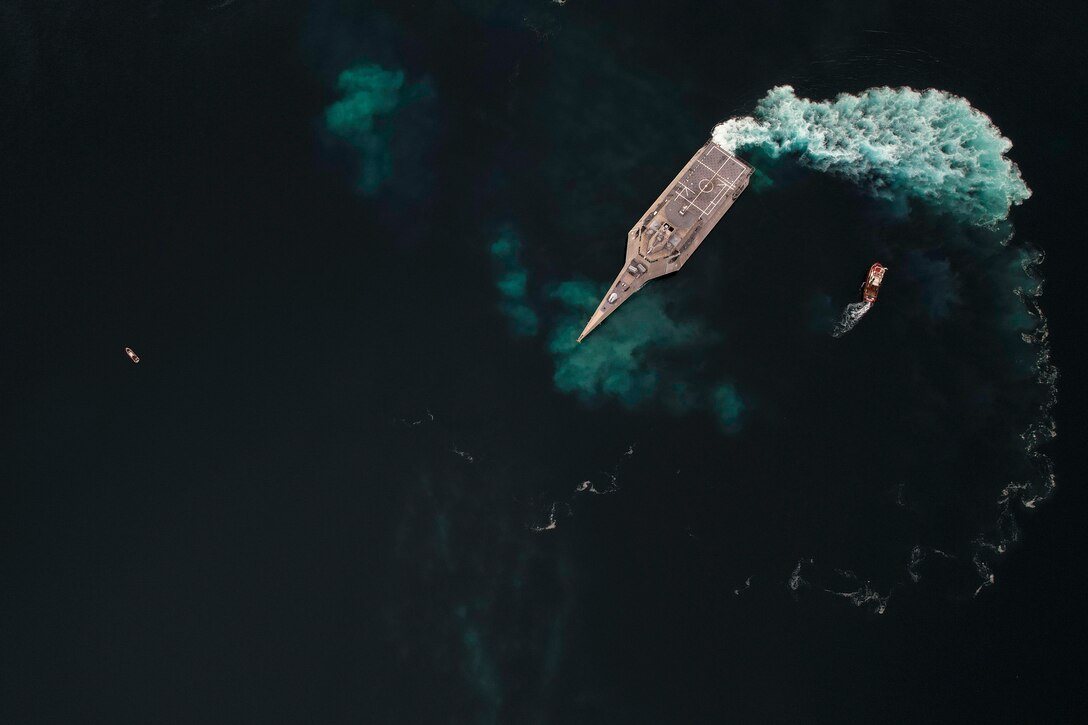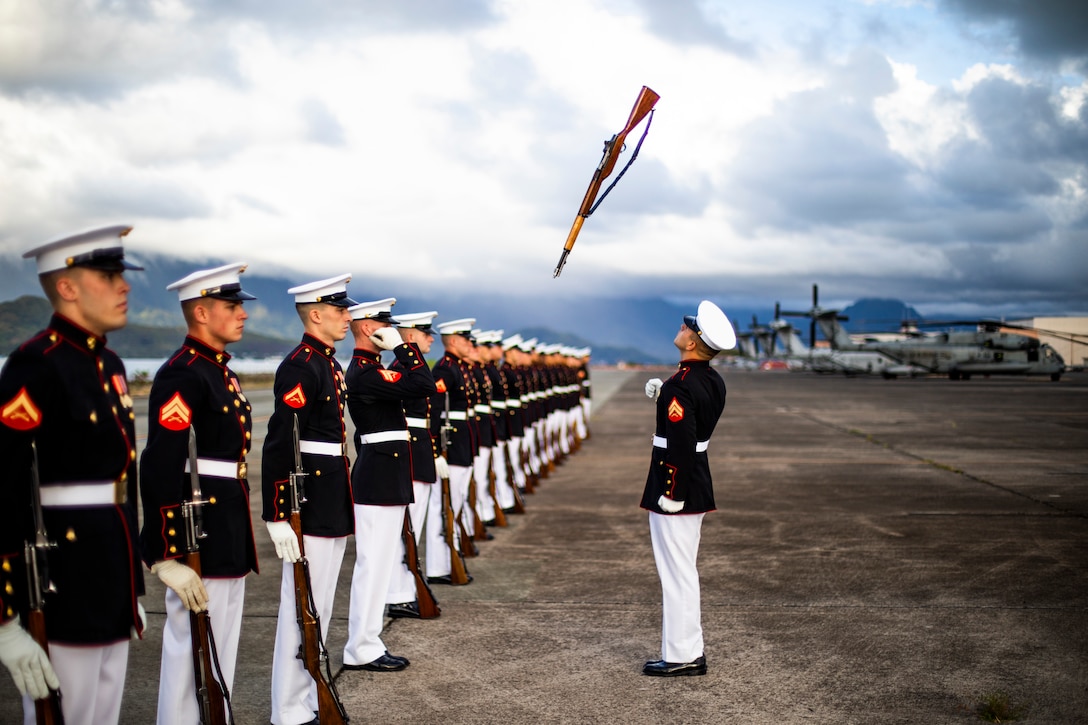In 1964, Bruce Meyers took the beach by storm. His homemade dune buggy, christened the Meyers Manx, was the first-ever fiberglass dune buggy. The fiberglass body covered a tricked-out Volkswagen Beetle chassis equipped with wide tires.
Meyers had previously built surfboards and sailboats out of his home in Newport Beach, California, so he had experience with fiberglass construction.
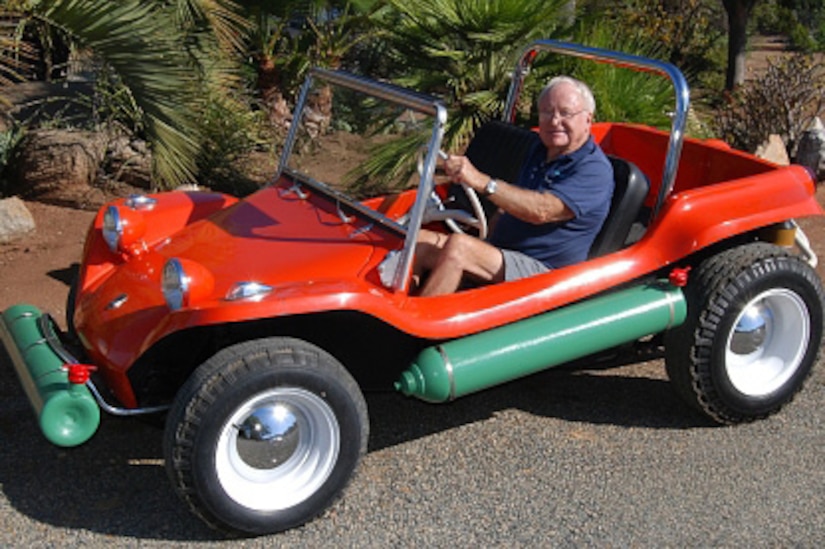
The Manx's advantage over previous, all-steel dune buggies was that the fiberglass made it much lighter, more stylish and streamlined because fiberglass can be molded into pretty much any shape.
Meyers then went into business, producing 5,280 Manx kits and several hundred Manx IIs, a later model.
The Manx received widespread recognition when he and co-driver Ted Mangels, decided to try and beat the 39-hour, 46-minute record for the Mexican 1000, a race from Tijuana, Baja California, to La Paz in Baja California Sur, in 1967.
They shattered the record by five hours, competing against motorcycles, trucks and other cars. The race was later renamed the Baja 1000.
That publicity enticed hobbyists everywhere to build their own fiberglass dune buggies. Some 350,000 look-alike models were produced, mostly in the late 1960s. According to the Historic Vehicle Association, the Meyers Manx is the most replicated car in history.
While dune buggy enthusiasts are familiar with the pioneering work done by Meyers, not everyone knows that he had a close call with death during World War II.
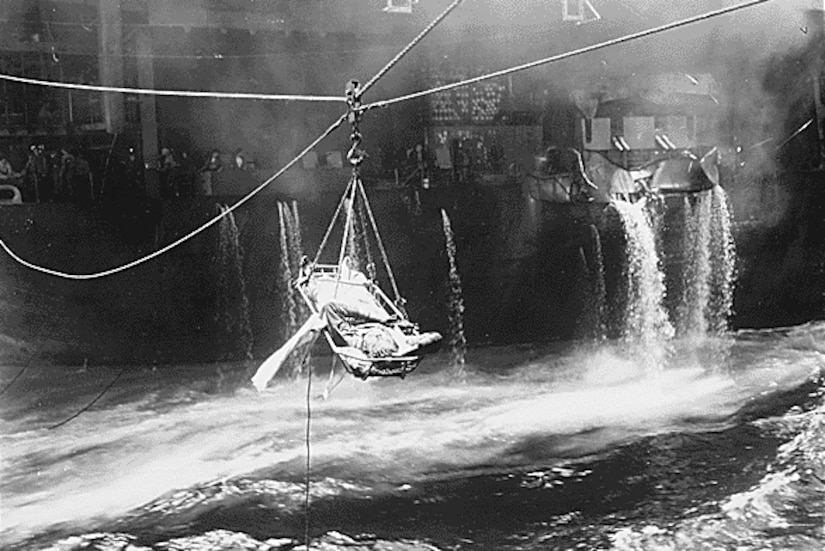
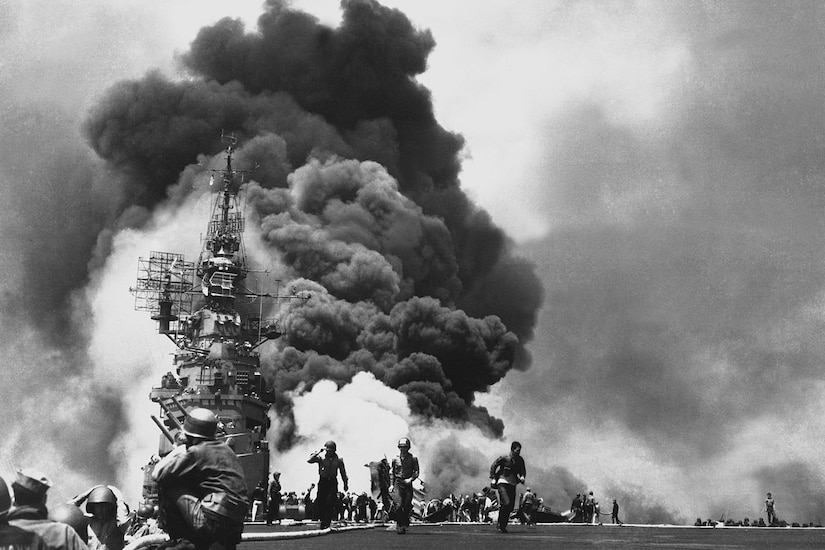
After a hitch in the Merchant Marines, Meyers joined the Navy in 1944, setting sail on the aircraft carrier USS Bunker Hill. On May 11, 1945, near Kyushu, Japan, the Bunker Hill was struck by two kamikaze aircraft and began to sink.
Meyers and many other sailors abandoned ship. While floating in the water and awaiting rescue, Meyers spotted an injured sailor who was struggling to stay afloat, so he gave him his life vest.
He then swam over to a badly wounded pilot in the water. Meyers stayed by his side until a rescue ship, the light cruiser USS Wilkes-Barre, arrived some five hours later.
After the war, Meyers served another tour with the Merchant Marines.
He died Feb. 19 at age 94 at his home in Valley Center, California.
The Meyers Manx, however, lives on through Meyers Manx LLC., which is still producing fiberglass dune buggies.
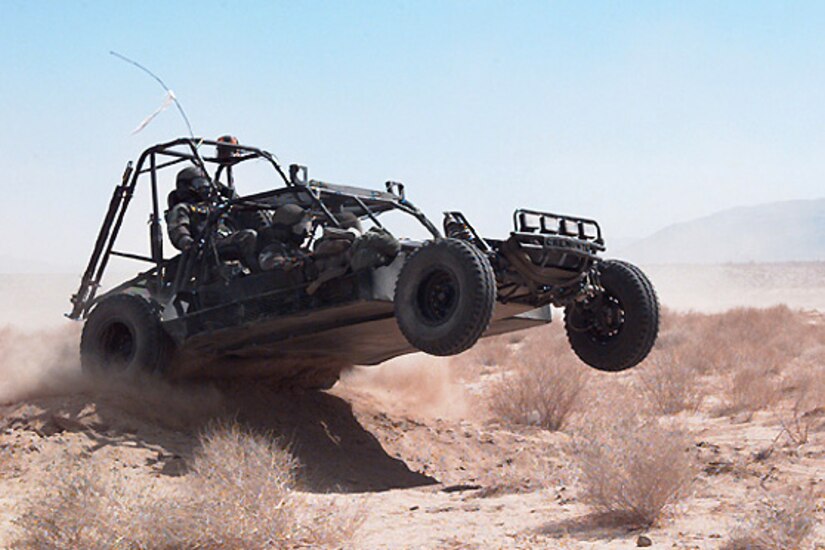
The U.S. Special Forces and the U.S. Border Patrol also took inspiration from the Meyers Manx, building the Light Strike Vehicle, which is in use today.
The Meyers Manx has also appeared in a number of movies, including the 1968 film "The Thomas Crown Affair." In the movie, actor Steve McQueen drives the Manx on the beach and over sand dunes in a lengthy action scene.


